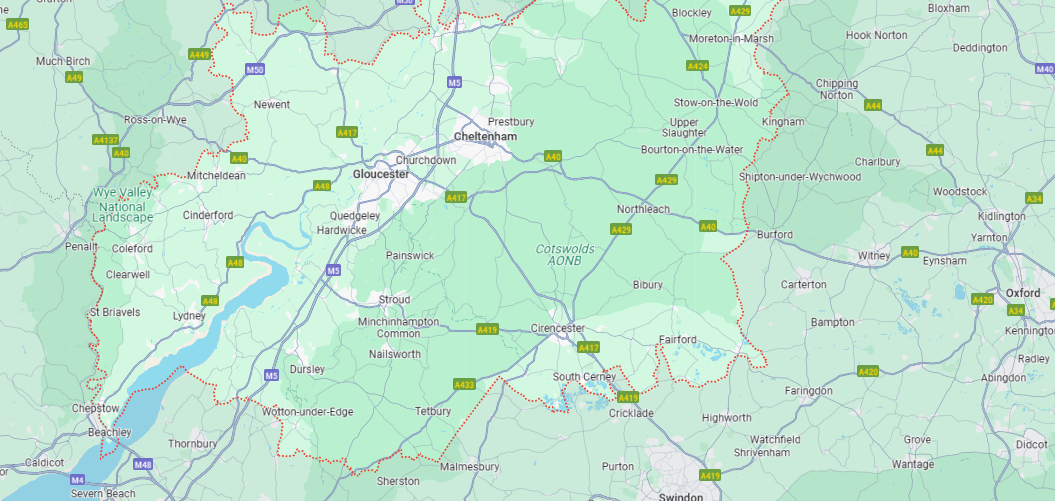At Thrive Education we like to think of ourselves as a little different from other recruitment agencies for all the reasons you’re no doubt familiar with already. Right teacher, right school, the basic principle of treating a person as a human being and not just a booking, to name a few.
However, what we do share with other recruitment agencies is that we make initial contact with our teachers and administrative staff from one of three sources: NQT’s, established supply teachers and permanent contract teachers looking to make the crossover to the world of supply teaching.
As Thrive Education has begun to grow and expand we have become aware of an increasing need for some kind of clarity regarding the differences between permanent staff and supply teachers and the practical changes a teacher can expect.
You can get a pretty good idea of the daily life of a supply teacher from the blog on the Thrive Education website. So we decided that the best way to find answers to these new questions was to do what we always do in these situations, naturally, we went straight to our best source of information, our own Thrive Education teachers. We targeted those of our teachers who have made the change from permanent contracted staff to supply work as we knew they would be best placed to assist in making an informed decision for permanent school staff considering doing just what they had done. Most importantly our teachers can put their experiences into a context that will prove additionally helpful to teachers looking to make a significant lifestyle change.
Firstly it’s probably a good idea to touch on a few points that are important to consider. There is an abundance of anecdotal evidence across all social media platforms that clearly explains the reason behind many teachers’ decisions to opt to work in supply. It’s true to say those lifestyle decisions are primarily based on choice. However, in many cases, it’s sad to note that permanent teachers have felt ‘forced’ to take the step in leaving full-time work. This is due in no small part to the increasing pressures teachers feel in the workplace. Pressures that are well known to everybody who works in education.
It is important to note that a decision in attempting to gain control of an acceptable work-life balance, is in no way a reflection of a teacher’s solid commitment to the core values of what it is to teach. If this were the case any practitioner in the position of wishing to find relief from intense work stress would simply leave the profession altogether. The subsequent loss of skills and experience is a situation that the education community in our country can ill afford.
A final point to consider carefully is the validity of the long-held myth that taking a career break from a permanent post is without fail always a self-inflicted ‘shot in the foot’ to a teachers advancement prospects in the long-term. Nobody would argue that there isn’t always room for improvement however advances in gender equality and provision for personal growth in the profession mean that this old-established notion simply isn’t true anymore.
This of course means that a move to supply work that enables a teacher to explore new avenues and opportunities can be seen as a positive and beneficial decision.
So to the question at hand – “What are the significant differences between permanent contract work and a role as a supply teacher?” When we asked our chosen Thrive Education teachers their thoughts on this question this is what they told us…
At first glance a permanent role had obvious advantages for any teacher: the benefit of a guaranteed job, be it five days a week or a job share, consistency in the work environment, i.e. colleagues, senior management and children taught as well as paid holidays and sick days.
However to give a fully honest answer to this question it is important to remember that the traditional advantages of permanent work in a school and its associated financial package can now be addressed effectively. A dynamic recruitment agency that is ready to take on the challenges of adopting some of the previously mentioned important permanent staff benefits into their own business model, will see clear evidence of increased satisfaction amongst teachers making the change from permanent to supply staff.
To pursue this idea further we asked one of our longest serving teachers for their response to the question of the differences between permanent and supply teaching.
“As a teacher of some thirty years experience both as a permanent member of staff and a supply teacher I can say that I have seen a definite and positive shift in the differences between the two different work lives.
When I began supply teaching in London over ten years ago, the distinction between the two systems were marked and very clear cut. As previously described by my Thrive Education colleagues, a permanent post means certainty of work and its associated benefits. In contrast supply work has been perceived as a role that can be tailored to suit a teachers needs by offering a flexible work pattern. This of course is balanced by the limitation of a teacher being reliant on the skill and efficiency of their chosen recruitment agency to provide regular and appropriate placements, coupled with the disadvantage of a lack of paid holidays and sick pay.”
So the interesting question is, now that we have looked at the traditional differences between a permanent post and work as a supply teacher, has anything changed, and if so what?
To refer back a moment to the subject of anecdotal evidence around this question, the most obvious answer is yes things have changed. Most obviously these changes are apparent in the life of a teacher in a permanent post. The biggest noticeable difference is the degree to which pressure is placed on full-time teaching staff to maintain an ever increasing amount of record keeping and data handling as part of their daily teaching role. This is often thought to create a growing barrier between a teacher’s workload and the core reason for being in the classroom, namely to help children learn and reach their maximum potential. Nobody, least of all recruitment agencies who are mindful and sensitive to the needs of schools, would disagree that rigorous record and data keeping by both permanent and long-term supply teachers is vital.
However, this policy can create a degree of dissatisfaction amongst full-time staff who begin to question why they are in the classroom at all. In contrast, a supply teacher who is in part free of these constraints and is well placed in a school setting has the opportunity to really show their strengths. They have a degree of freedom to impact children’s learning way beyond the conceived notion of simply ‘plugging a gap’. The supply teacher who values their professional integrity will always comply with the marking and record keeping policy of a school, especially in long-term placements. However, it is also clear that they can bring with them an injection of enthusiasm and knowledge, as well as a fresh insight into a classroom setting.
A further significant change is the ability of supply teaching to open up a host of new avenues in the profession and to explore a wide variety of learning environments. Teaching and learning that focus’ specifically on child centred needs is becoming ever more diverse in its delivery. Placements with a dynamic teaching agency up to date with rapidly evolving methodologies can reflect this change by offering opportunities to be at the forefront of the newest forms of learning access.
We asked one of our most longstanding Thrive Education teachers to participate in our examination of the differences between permanent and supply teaching experiences and if they were becoming less distinct from each other.
“If I had a pound for every time a permanent teacher picked my brains about all the different learning settings and opportunities that are becoming available, I would have my Christmas present spending in the bag! It’s amazing how much interest there is from full-time staff who feel ‘contained’ in their current job and are very keen to consider other options they were previously unaware of.”
This is a sure sign that there is a continuing and positive closing of the divide between the work conditions and opportunities of permanent and supply teachers and thus their traditional pluses and minuses.
Hopefully, we have managed to cover the most relevant changes between the two worlds of permanent and supply teaching. Most importantly we have demonstrated that the gap between the two worlds is closing where it matters most, i.e. work conditions and the ability to gain satisfaction from the job you love and trained so hard to do. One of our Thrive Education teachers has very recently made the change from working in a challenging primary school to a new supply role in a specialist setting. We think she put it best. “For the first time in eight years, no Sunday evening dread.”
Teaching is a vocation and is delivered exceptionally well both in permanent and supply teaching roles. At Thrive Education we hope that rigorous attention to new developments in education in tandem with our tried and tested philosophy of “right teacher right school”, really does mean you can have the very best of both worlds.
Go forward and thrive!
Like content like this? Stay up to date with all our latest posts on our social media channels: Facebook, Twitter and Linkedin.





